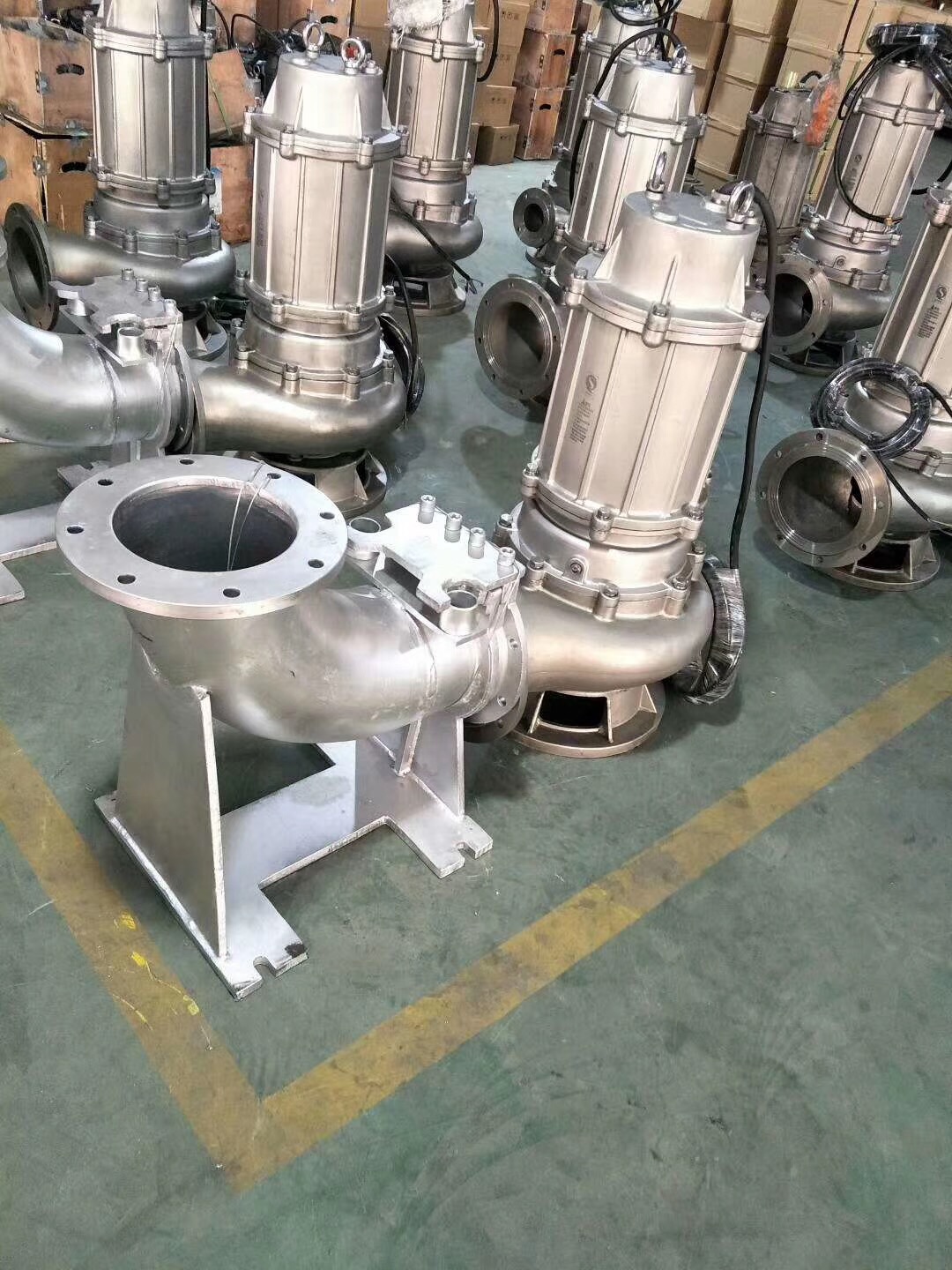English
- Afrikaans
- Albanian
- Amharic
- Arabic
- Armenian
- Azerbaijani
- Basque
- Belarusian
- Bengali
- Bosnian
- Bulgarian
- Catalan
- Cebuano
- Corsican
- Croatian
- Czech
- Danish
- Dutch
- English
- Esperanto
- Estonian
- Finnish
- French
- Frisian
- Galician
- Georgian
- German
- Greek
- Gujarati
- Haitian Creole
- hausa
- hawaiian
- Hebrew
- Hindi
- Miao
- Hungarian
- Icelandic
- igbo
- Indonesian
- irish
- Italian
- Japanese
- Javanese
- Kannada
- kazakh
- Khmer
- Rwandese
- Korean
- Kurdish
- Kyrgyz
- Lao
- Latin
- Latvian
- Lithuanian
- Luxembourgish
- Macedonian
- Malgashi
- Malay
- Malayalam
- Maltese
- Maori
- Marathi
- Mongolian
- Myanmar
- Nepali
- Norwegian
- Norwegian
- Occitan
- Pashto
- Persian
- Polish
- Portuguese
- Punjabi
- Romanian
- Russian
- Samoan
- Scottish Gaelic
- Serbian
- Sesotho
- Shona
- Sindhi
- Sinhala
- Slovak
- Slovenian
- Somali
- Spanish
- Sundanese
- Swahili
- Swedish
- Tagalog
- Tajik
- Tamil
- Tatar
- Telugu
- Thai
- Turkish
- Turkmen
- Ukrainian
- Urdu
- Uighur
- Uzbek
- Vietnamese
- Welsh
- Bantu
- Yiddish
- Yoruba
- Zulu
Telephone: +86 13120555503
Email: frank@cypump.com
Sep . 03, 2024 17:32 Back to list
immersible pumps
Understanding Immersible Pumps A Comprehensive Overview
Immersible pumps, also known as submersible pumps, are essential devices used for moving fluids from one location to another. These pumps are designed to operate while submerged in the fluid they are pumping, making them a popular choice for a wide range of applications in various industries, including agricultural, municipal, and industrial settings.
One of the main advantages of immersible pumps is their efficiency. Because they function underwater, they utilize the energy created by the surrounding fluid to assist with the pumping process. This design minimizes cavitation, a common issue with surface pumps, where vapor bubbles form and collapse, causing damage to the pump components. The submersible design allows these pumps to handle higher pressure and lift, making them effective for deep well applications or situations where the fluid source is situated below the pumping device.
Immersible pumps come in various types and configurations, allowing them to handle different fluids and environmental conditions. For instance, there are sewage submersible pumps, which are specifically designed to handle solid waste and sewage, often featuring specialized impellers that can grind waste material before pumping. There are also deep well submersible pumps that are capable of lifting water from significant depths, making them essential for irrigation, water supply systems, and groundwater extraction.
immersible pumps

Another critical aspect of immersible pumps is their construction. Typically, these pumps are made from durable materials that resist corrosion and wear, as they often encounter harsh and abrasive conditions. Common materials include stainless steel, cast iron, and thermoplastic, depending on the application and type of fluid being pumped. Ensuring the right material is chosen is vital for longevity and efficiency, as improper selection can lead to pump failure and costly repairs.
Installation and maintenance of immersible pumps also differ from other types of pumps. It is crucial to ensure proper placement and sealing to prevent any potential electrical hazards, as these pumps require electrical connections while submerged. Regular maintenance checks are essential for ensuring the longevity and efficiency of the pumps. This includes monitoring for wear and tear, checking seals and electrical connections, and ensuring that the pump is free from obstruction.
In terms of environmental impact, immersible pumps are often more efficient than surface pumps and can contribute to energy savings. Their ability to operate quietly when submerged also means they have less environmental noise impact. Furthermore, advanced models may include features like variable speed drives, enabling operation adjustments based on real-time demands, enhancing their efficiency further.
In conclusion, immersible pumps play a vital role in various applications, providing an efficient and reliable means of fluid movement. With a wide range of designs and configurations available, they can meet the specific needs of different environments and fluids. Understanding their operation, maintenance, and applications is crucial for anyone involved in industries that rely on fluid management, ensuring that these essential devices operate at peak performance while minimizing environmental impact. As technology advances, immersible pumps are likely to become even more efficient, paving the way for smarter and more sustainable fluid handling solutions.
-
Horizontal Split Case Pump with GPT-4 Turbo | High Efficiency
NewsAug.01,2025
-
ISG Series Pipeline Pump - Chi Yuan Pumps | High Efficiency, Durable Design
NewsAug.01,2025
-
Advanced Flue Gas Desulfurization Pump with GPT-4 Turbo | Durable & Efficient
NewsJul.31,2025
-
ISG Series Vertical Pipeline Pump - Chi Yuan Pumps | Advanced Hydraulic Design&Durable Construction
NewsJul.31,2025
-
ISG Series Vertical Pipeline Pump - Chi Yuan Pumps | Energy Efficient & Low Noise
NewsJul.31,2025
-
pipeline pump - Chi Yuan Pumps Co., LTD.|High Efficiency&Low Noise
NewsJul.31,2025










